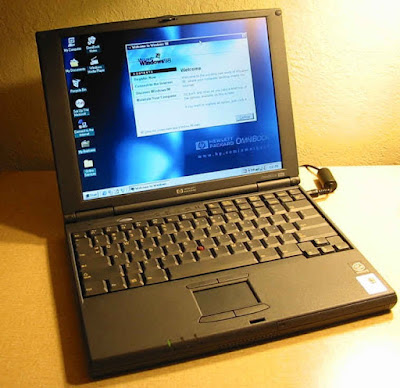© Mark Ollig
I am digressing from the usual weekly column topics to one I hope you find interesting.
Those middle-aged or older probably have boxes containing various possessions stored in the basement, closet, and garage.
Did I mention many of us (hand raised) can’t seem to part with our memorabilia packed inside plastic bins and containers in rooms throughout our home?
We have accumulated too much stuff and realize it has taken over our living space.
Also, how many of us regularly open a sealed box to look at the items inside?
As for myself, rarely do I open those boxes.
My kids are all adults and moved out of the house many years ago. After looking around my home, I realized the numerous boxes filled with items from my children’s youth and thought, “Why am I keeping all their stuff?”
Being honest with myself, I concluded there were just too many rows of stacked cardboard boxes and plastic storage bins in my closets.
Initially, I planned to give these stored-away items to my kids when they left home, assuming the value they had for them in their youth would still be there as an adult – or so I thought.
Because of their sentimental value, I reasoned that the kids would like having something from their childhood they could look at and remember from an earlier time in their lives.
The boxes are all neatly stored and labeled with their contents; however, it is obvious there are too many boxes.
My humble dwelling contains boxes filled with the kids’ old toys, model cars, books, crayon drawings, school assignment papers, board and video games, and radio-controlled vehicles.
After contacting my sons about coming over and picking up some of these boxes, I was surprised to learn they did not want them.
“I have no place to keep all that stuff,” was the shared reply adamantly explained to me.
I persisted about the items having sentimental value and how they’ll appreciate looking at them when they reach my age.
That line of reasoning didn’t work very well, although they did take a few boxes to keep me happy and cheerfully accepted the silver coins I had saved for them.
As to my collection, I have boxes of items collected over the years that bring back memories, such as a practice football jersey I wore in high school.
When I see that jersey, memories of the practices, games, coaches, and players flood back into my mind.
I felt getting rid of the jersey and other things I had saved for years would be like discarding memories.
It’s true. I am going through what has been described as “middle-age downsizing syndrome,” defined as the personal pain and heartache of parting with years’ worth of items that are no longer used and are seldom seen.
As difficult as it may be, I’ve decided it’s time to sort, sell, and donate what I no longer need inside those boxes and plastic containers.
I learned downsizing is the subject of much discussion, especially among middle and upper-aged folks.
Some people downsize because they no longer need to be living in a large house and want to move into a smaller one that is easier to manage and move around in.
Singles and couples are selling their house or moving out of their rental and taking to the road, living full-time in an RV or travel trailer, desiring to experience new adventures in different parts of the country.
However, many folks can’t part with all their boxes full of stuff and keep them in a commercial rental warehouse storage unit, paying a monthly fee for securely storing boxes they have not opened in years.
There is another solution for dealing with the emotional separation from our beloved boxed items.
Students from Penn State University performed a field study on successfully de-cluttering and parting with stored items.
Their research showed people were willing to separate themselves from personal items holding sentimental value if they took photographs of these things before parting with them.
“We found that people are more willing to give up these possessions if we offer them a way to keep the memory and the identity associated with that memory,” explained Rebecca Reczek, co-author of the field study.
“Don’t Pack up Your Sentimental Clutter . . . Just Keep a Photo of It, Then Donate,” reads a sign hanging on a wall at Penn State.
I do have boxes containing photo albums with hundreds (if not thousands) of pictures of birthdays, school activities, holidays, and other family get-togethers, which of course, I will keep.
However, I have decided to take photos of the personal items inside the boxes I no longer have any good reason to save before parting with them.
The memories inside those boxes will still be there whenever I look at the photographs.

_CPU_with_monitor,_mouse,_keyboard_and_5-key_chording_keyset_-_Computer_History_Museum_(2007-11-10_23.16.17_by_Carlo_Nardone).jpg)






